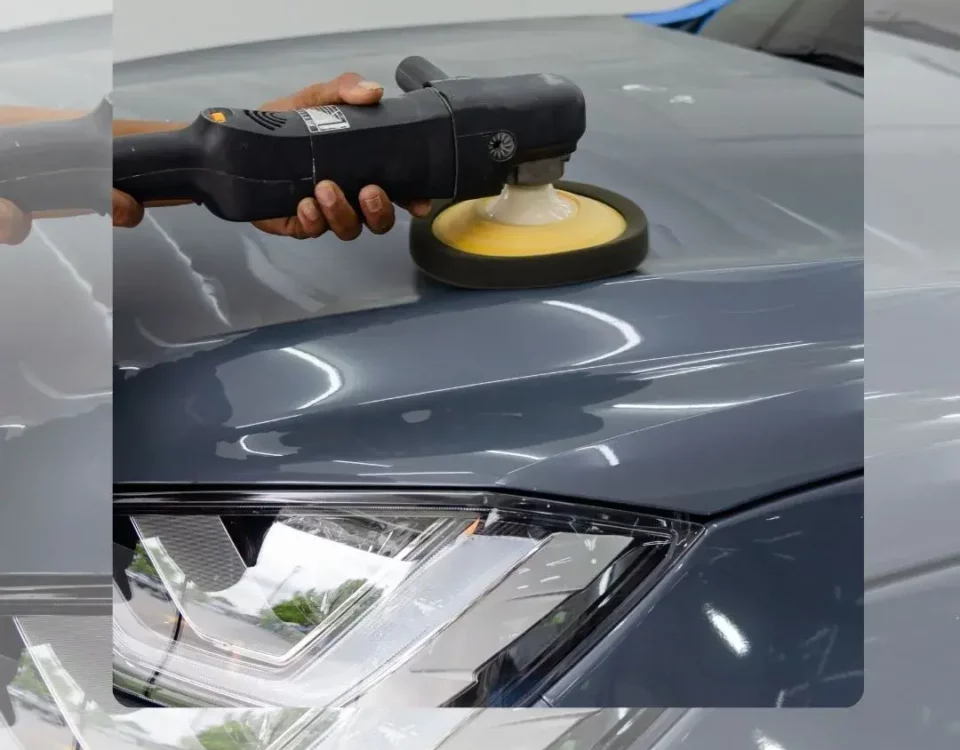Adventure at Wildwood Regional Park in Thousand Oaks, CA
January 4, 2024
The Mechanic’s Diary: Unveiling the Mysteries of Your Car’s Engine
January 8, 2024Welcome to ‘From Rattle to Roar: A Beginner’s Guide to Diagnosing Common Engine Problems’. This comprehensive guide aims to equip you with the knowledge and confidence to diagnose and understand common engine problems.
Encompassing a broad spectrum of issues, from identifying peculiar engine noises to troubleshooting performance matters, the guide employs a detailed, technical approach.
The intention is to foster a sense of belonging among car enthusiasts and beginners alike, transforming the seemingly complex world of automotive troubleshooting into a community of learning and shared knowledge.
Enter this journey of self-empowerment, where every rattle and roar brings you closer to mastering your vehicle’s language.
Identifying Engine Noises
Understanding the nuances of various engine noises serves as a crucial first step in diagnosing common engine problems. It’s an art that involves keen auditory observation, technical knowledge, and auto mechanic familiarity.
A rhythmic knocking sound might indicate worn-out rod bearings; a persistent ticking could signal a valve train issue. Whining noises often suggest problems with drive belts or alternators, while metallic scraping noises could be a sign of a failing water pump.
Each engine noise is a sign, a cry for help from your car. By learning this language, you become part of an informed community that values auto mechanic, longevity and performance.
This is more than just understanding noises; it’s about being a responsible and proactive vehicle owner.
Troubleshooting Performance Issues
Beyond identifying engine noises, a significant portion of diagnosing engine problems involves troubleshooting performance issues. Performance problems often surface as decreased fuel efficiency, loss of power, or problematic idling. It’s crucial to understand that these issues could be symptomatic of a wide array of underlying complications, from clogged injectors to worn-out spark plugs.
Misfires, for instance, can be attributed to a malfunctioning ignition system or a faulty fuel delivery system. Moreover, a compromised exhaust system might cause reduced power output. For an effective diagnostic process, a systematic approach is paramount.
Start by reviewing the vehicle’s service history, then perform a thorough visual inspection before conducting specific tests. Remember, accurate troubleshooting requires patience, methodical investigation, and a sound understanding of engine mechanics.





